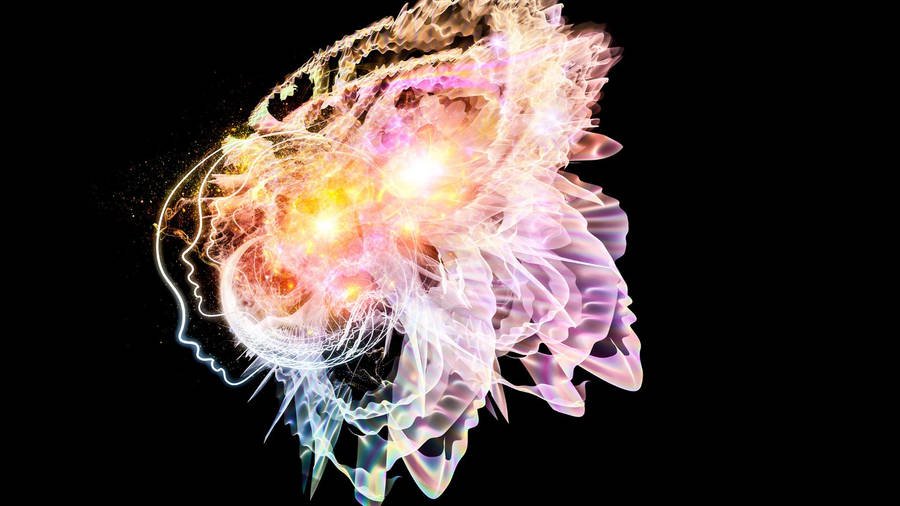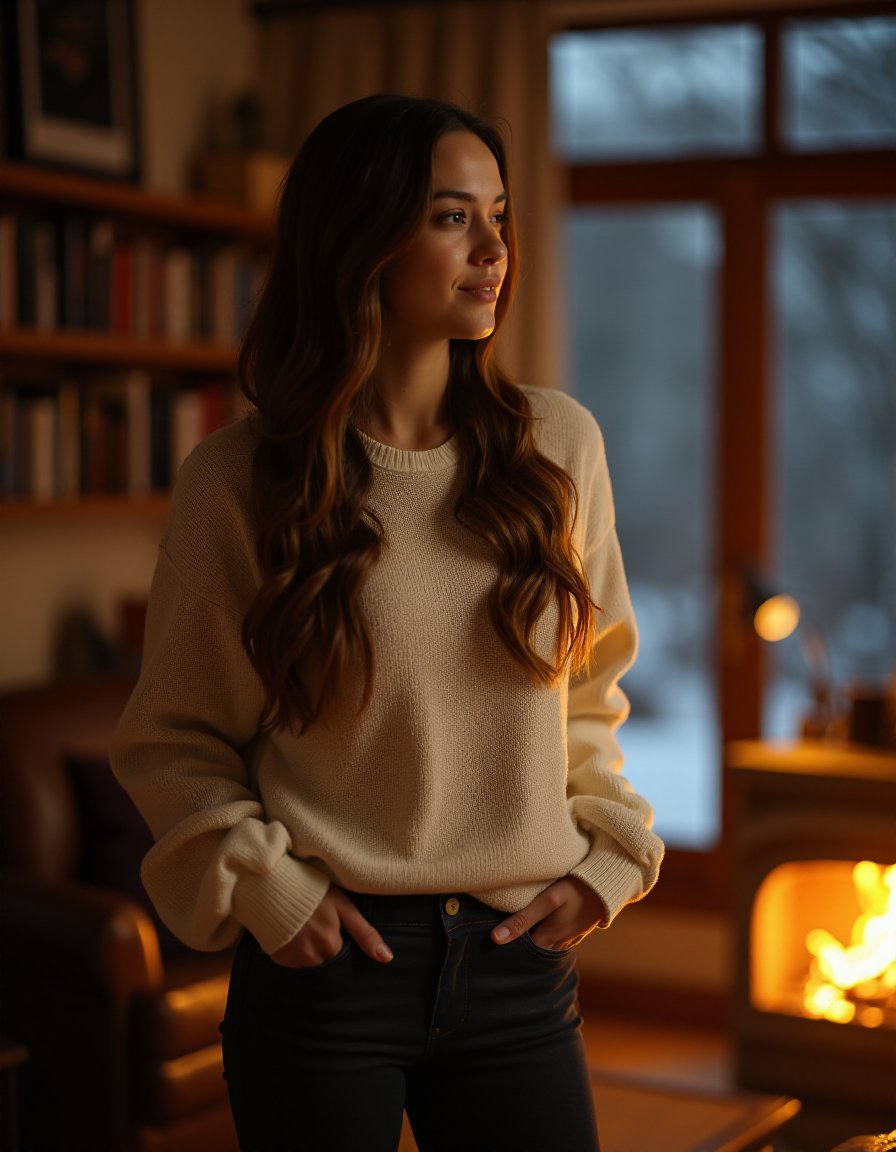The Evolution of Sculpture: From Classical Marble to Modern Art Installations
Sculpture has evolved dramatically over the centuries, from the intricate and lifelike works of the ancient Greeks to the abstract installations of contemporary artists. This blog explores the fascinating history of sculpture and its transformation through various styles, materials, and techniques. Ancient Sculptures: The Age of Marble In ancient times, marble was the material of choice for sculptors. Greek and Roman artists mastered the art of creating lifelike figures from marble, capturing the human form in exquisite detail. Famous sculptures such as the Venus de Milo and Michelangelo's David represent the pinnacle of classical sculpture, showcasing incredible technical skill and mastery over the material. The Renaissance: Reviving Classical Techniques During the Renaissance, artists like Donatello and Michelangelo revived classical techniques, introducing realism and human emotion into their works. They built upon the ancient traditions of sculpture, but also pushed boundaries by exploring new themes


















